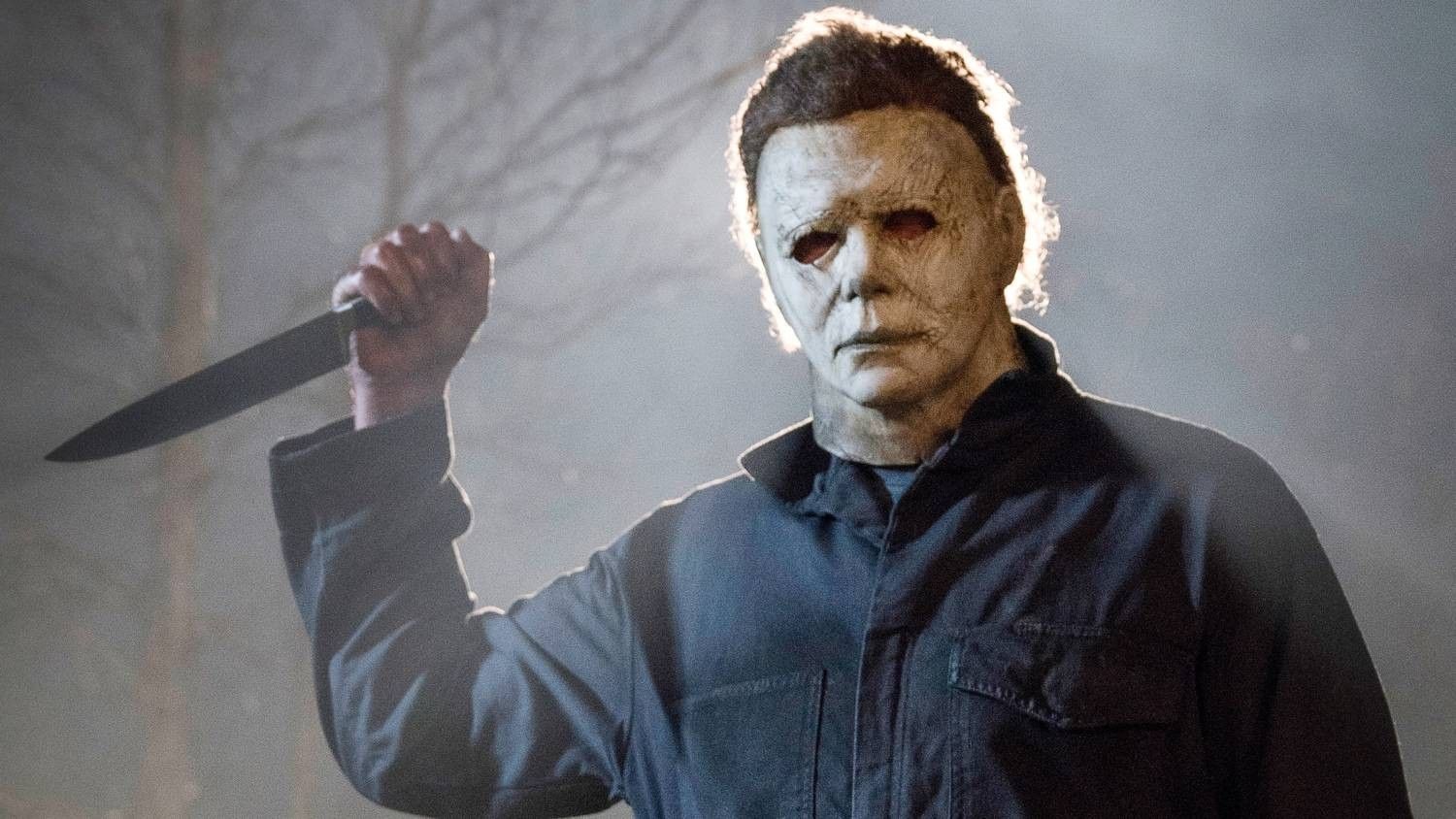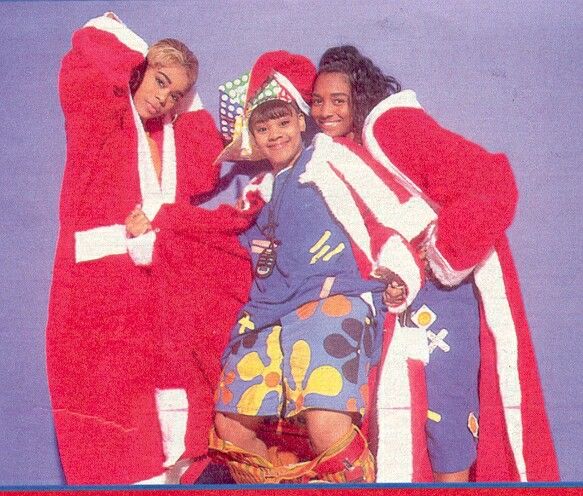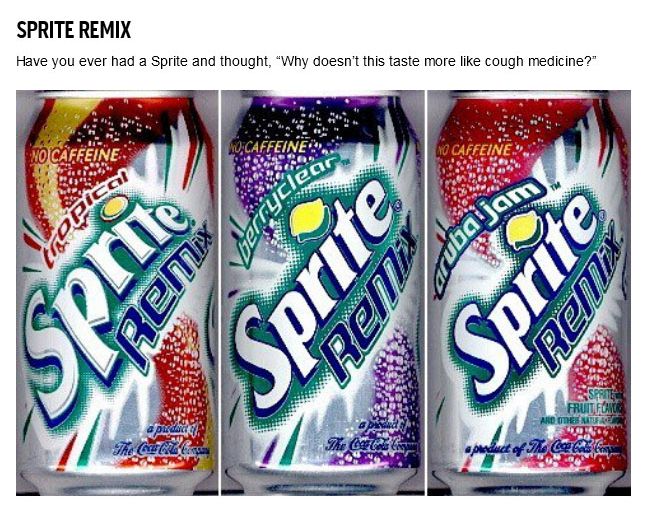When Halloween premiered in 1978, no one expected it to reshape the future of horror. With a shoestring budget of around $300,000, a cast of then-unknown actors, and a simple story about a masked killer stalking babysitters in small-town America, John Carpenter’s film went on to define an entire subgenre — the modern slasher.
Before Halloween, horror had already flirted with the idea of masked killers and murder mysteries. Alfred Hitchcock’s Psycho (1960) and Bob Clark’s Black Christmas (1974) laid the groundwork with their psychological tension and first-person camera perspectives. But Halloween distilled those ideas into something leaner, faster, and more visceral — a cinematic formula that would echo throughout the 1980s.
The Birth of the Modern Boogeyman
At the heart of Halloween is Michael Myers — a silent, faceless embodiment of pure evil. Unlike previous horror villains who had motives, backstories, or monstrous deformities, Myers was terrifying precisely because of his emptiness. Carpenter described him as “the Shape,” a force of nature rather than a man. His blank white mask, emotionless and cold, became one of cinema’s most chilling symbols.
This redefinition of evil changed horror storytelling. Slashers no longer needed supernatural creatures or elaborate myths — the terror could exist in a suburban neighborhood, behind any closed door. Myers’ silent pursuit of Laurie Strode (played by Jamie Lee Curtis in her breakout role) made the ordinary world feel unsafe, a concept countless films would emulate.
The “Final Girl” and the Rules of Survival
Laurie Strode became the prototype for what would later be known as the “Final Girl” — the resourceful, morally centered survivor who faces the killer in the end. While Carpenter didn’t set out to moralize his story, audiences and filmmakers began to see patterns: the innocent lived, and the reckless died.
This trope — along with the killer’s slow, unstoppable presence and the use of subjective camera angles — became the blueprint for the slasher boom of the 1980s. Films like Friday the 13th (1980), A Nightmare on Elm Street (1984), and Scream (1996) all borrowed from Halloween’s DNA, either expanding on or subverting its conventions.
Minimalism as Terror
What made Halloween so effective wasn’t blood or gore — it was restraint. Carpenter’s direction relied on suspense and atmosphere over shock. The camera stalks victims through dimly lit hallways; shadows linger longer than they should. The tension builds through what’s not shown. The now-iconic synthesizer score, composed by Carpenter himself, became as recognizable as the killer’s mask — a heartbeat of dread that influenced decades of horror sound design.
A Legacy That Refuses to Die
More than four decades later, Halloween remains the cornerstone of slasher cinema. Its sequels, reboots, and reinterpretations continue to explore the same primal fear that captivated audiences in 1978 — that evil can’t be reasoned with or destroyed, only confronted.
In many ways, Halloween did for horror what Star Wars did for science fiction: it redefined what was possible on a small budget and inspired a generation of filmmakers. It proved that horror didn’t need elaborate sets or effects to terrify — just atmosphere, pacing, and a monster who never blinks.

The shape of fear changed that Halloween night, and it’s been chasing us ever since.

